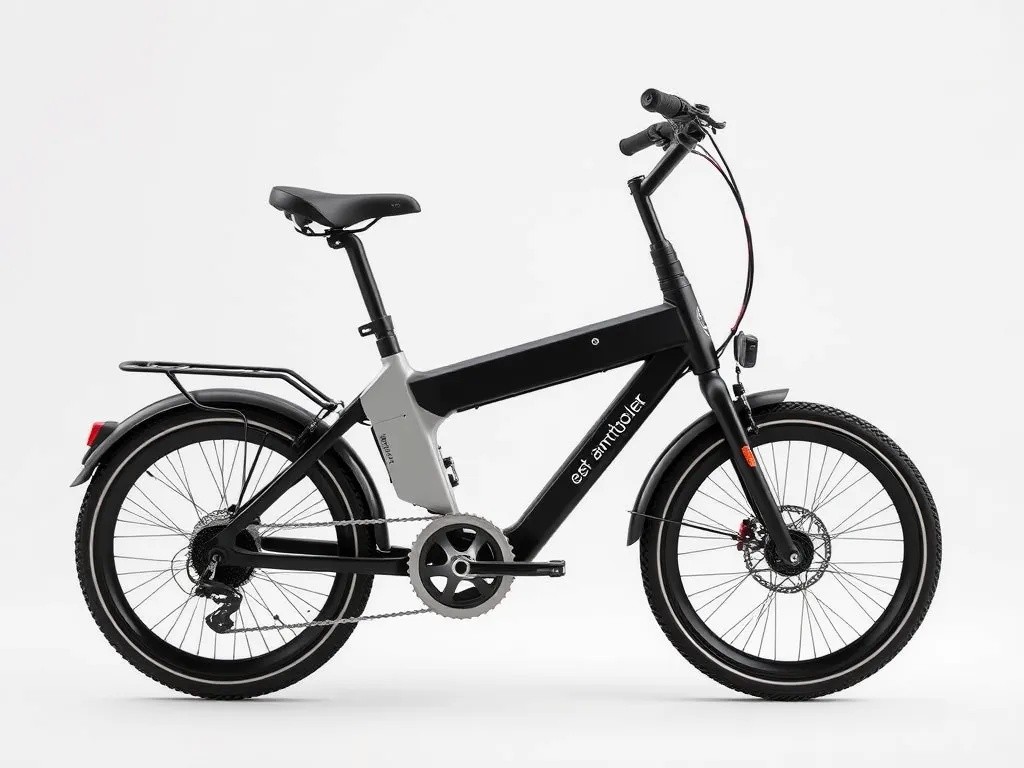In recent years, there has been a significant advancement in the field of Artificial Intelligence (AI) and Augmented Reality (AR). These technologies have become increasingly popular and have the potential to enhance virtual experiences in various fields such as gaming, education, healthcare, and...
Smart Bicycle Adjusts Seat Height and Gear Changes Automatically

The Future of Cycling Has Arrived
Cycling technology has taken a revolutionary leap forward with the introduction of smart bicycles that can automatically adjust seat height and change gears without any manual input from the rider. These innovative bikes use advanced sensors, artificial intelligence, and mechanical systems to create a seamless riding experience that adapts to the cyclist's needs in real-time.
Traditional bicycles have always required riders to manually adjust their seat position before riding and shift gears during their journey. This new generation of smart bicycles eliminates these inconveniences, making cycling more accessible and enjoyable for everyone from beginners to experienced riders.
How Automatic Seat Height Adjustment Works
The automatic seat height adjustment system represents a significant breakthrough in bicycle ergonomics. Using a combination of pressure sensors, accelerometers, and motorized mechanisms, these smart bikes can detect when a rider is mounting or dismounting and adjust accordingly.
Key Features of the Seat Adjustment System
- Pressure sensors in the saddle detect rider weight distribution
- Height sensors measure the rider's leg extension during pedaling
- Electric motors smoothly adjust seat position in seconds
- Memory settings store preferences for multiple riders
- Automatic lowering when the bike detects stopping or dismounting
When a rider approaches a stop, the seat automatically lowers to allow easy foot placement on the ground. Once the rider begins pedaling again, the seat raises to the optimal height for efficient cycling. This feature is particularly beneficial in urban environments where frequent stops are common.
Intelligent Gear Changing Technology
The automatic gear-changing system uses sophisticated algorithms to analyze multiple factors simultaneously. Sensors monitor pedaling cadence, speed, terrain gradient, and the rider's power output to determine the ideal gear ratio at any given moment.
How the System Makes Gear Decisions
The smart bicycle's computer processes data from various sensors dozens of times per second. When climbing a hill, it detects the increased resistance and automatically shifts to a lower gear to maintain comfortable pedaling. On flat terrain or downhill stretches, it shifts to higher gears to maximize efficiency and speed.
The system learns from the rider's preferences over time. If a cyclist consistently prefers a higher cadence, the AI adapts its shifting patterns accordingly. This personalized approach ensures that the automatic system feels natural rather than intrusive.

Benefits for Different Types of Riders
Beginners and Casual Cyclists
For those new to cycling, the learning curve becomes much gentler. They can focus on balance, steering, and road awareness without worrying about gear selection or seat adjustments. This makes cycling more accessible to people who might have been intimidated by traditional bikes.
Commuters and Urban Riders
City cyclists benefit enormously from the automatic lowering feature at traffic lights and intersections. The constant stop-and-go nature of urban cycling becomes less stressful when the bike automatically adjusts for mounting and dismounting.
Performance-Oriented Cyclists
Even experienced riders appreciate the technology. The automatic gear changes happen faster than manual shifting and are optimized for efficiency. Riders can maintain focus on their performance and surroundings rather than constantly monitoring their gear selection.
Technical Specifications and Battery Life
These smart bicycles typically use rechargeable lithium-ion batteries that power the motors and electronic systems. Most models offer between 500 to 1000 kilometers of riding per charge, depending on usage patterns and terrain. The systems are designed to be weatherproof and require minimal maintenance beyond regular bicycle care.
Environmental and Health Impact
By making cycling more comfortable and accessible, smart bicycles encourage more people to choose bikes over cars for their daily commutes. This shift contributes to reduced carbon emissions and improved air quality in cities. Additionally, the ergonomic benefits of proper seat height adjustment help prevent injuries and make cycling a more sustainable long-term activity for riders of all ages.
The Road Ahead
As this technology becomes more refined and affordable, smart bicycles are expected to become increasingly common. Future iterations may include additional features such as automatic suspension adjustment, integrated navigation systems, and enhanced connectivity with smartphones and other devices. The automatic adjustment technology represents just the beginning of a new era in personal transportation.



